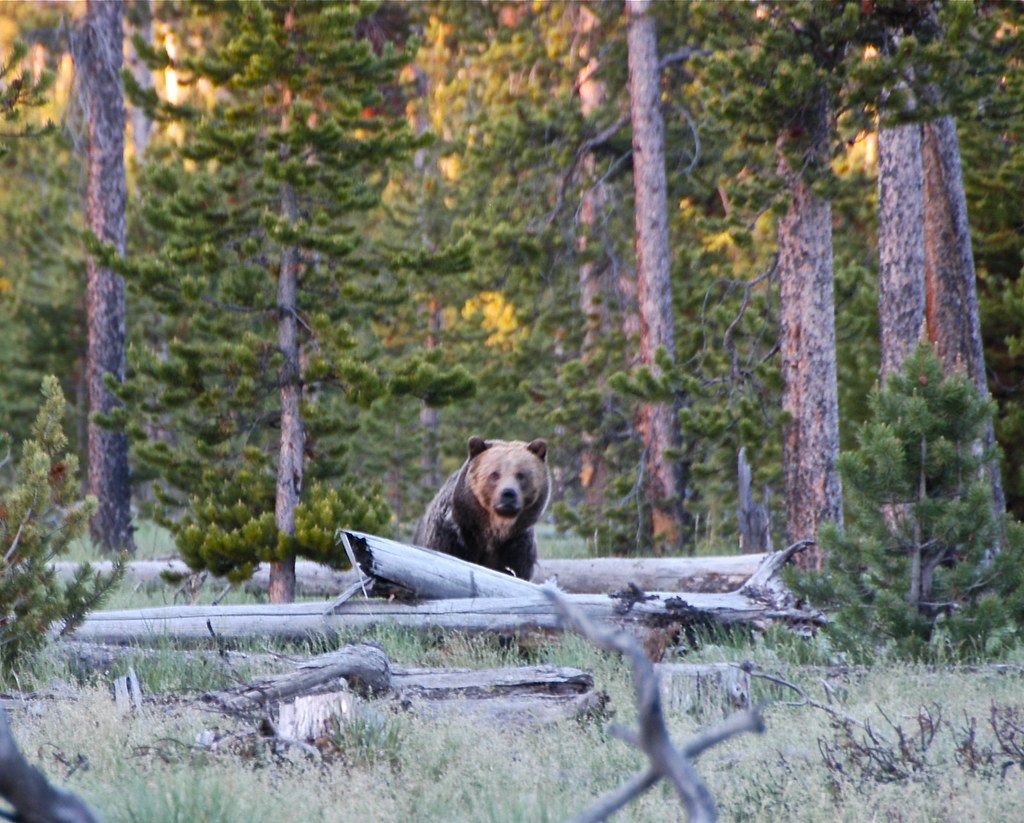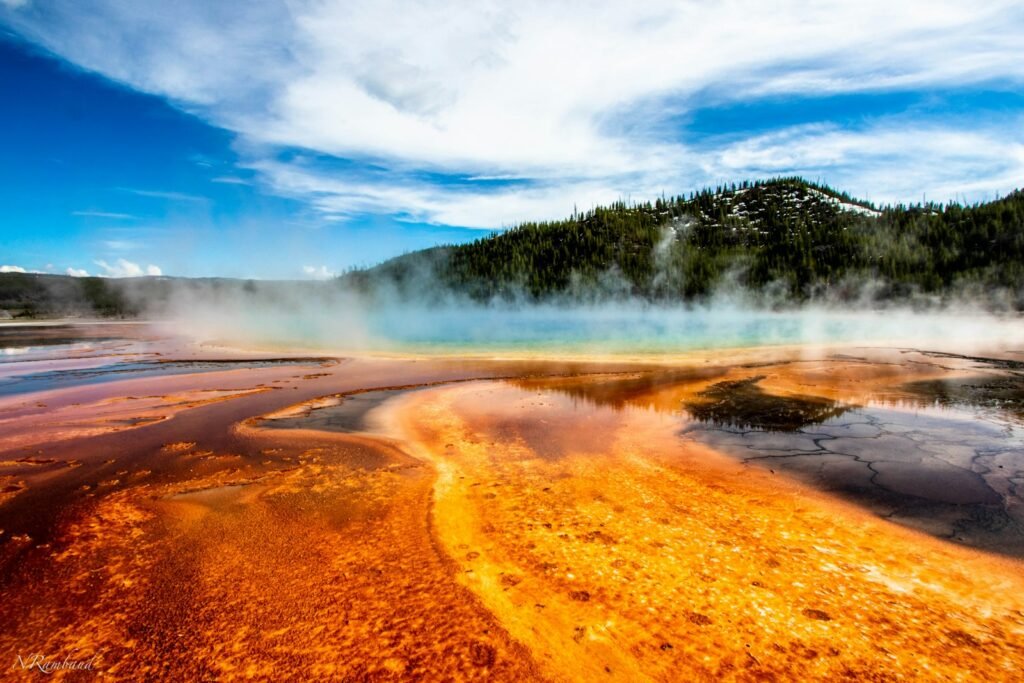On the afternoon of September 16, 2025, a 29-year-old man was seriously injured by a bear while hiking alone on Yellowstone National Park’s Turbid Lake Trail. The incident took place approximately 2.5 miles from the Pelican Valley Trailhead in the Pelican Valley Bear Management Area, northeast of Yellowstone Lake in Wyoming. The hiker, making his way through backcountry terrain, had a surprise encounter with the animal and sustained injuries to his chest and left arm. According to officials, these injuries are significant but non-life-threatening.
How the Event Unfolded

Park authorities report that the hiker attempted to deploy bear spray once he encountered the animal, but the bear made contact before the spray fully took effect. National Park Service (NPS) medics responded on site and accompanied the injured man out of the trail. He was first taken to the Lake Medical Clinic and then flown to a hospital for further treatment. Trail closures followed immediately for safety and investigation, including sweeping the area to ensure no other hikers remained in danger.
There is uncertainty around whether the bear was a black bear or a grizzly bear. The hiker believed it was a black bear, but park officials have noted that the creature’s behavior, size, and the location of the encounter suggest it might have been a grizzly. In support of this, NPS staff discovered bear tracks and an animal carcass near the scene, and are pursuing DNA analysis to confirm the species.
Historical Context & Park Policy

This marks the first bear attack resulting in injury in Yellowstone since May 2021, when a grizzly bear injured a solo hiker on the Beaver Ponds Trail near Mammoth Hot Springs.
Yellowstone National Park staff emphasize that this was a “surprise encounter”. Because the bear did not exhibit abnormal or aggressive behavior beyond what might be expected in a surprise defensive reaction, the animal will not be relocated or euthanized under the park’s current policy.
Precautions and Lessons for Visitors

In the wake of the attack, Yellowstone officials renewed calls for visitors to follow safety guidelines—especially in bear management zones. Advice includes carrying bear spray and knowing how to deploy it, making noise to avoid surprising wildlife, staying alert to signs like tracks or carcass sightings, hiking in groups of three or more rather than solo, and avoiding hiking at dawn, dusk, or during night when bears are most active.
The closure of the Turbid Lake Trail remains in effect until further notice as investigations continue.
The bear attack on the Turbid Lake Trail is a stark, sobering reminder that even in well-monitored parks like Yellowstone, the wilderness remains wild. While this encounter ended without fatality, it highlights how quickly things can escalate in backcountry settings—especially when wildlife is surprised. For the hiker, the care and rescue efforts likely prevented worse outcomes. For others venturing into bear country, the incident underscores that good planning, awareness, respect for wildlife, and adherence to safety protocols are not optional; they can make the difference between an unforgettable hike and a life-altering ordeal.

Hi, I’m Andrew, and I come from India. Experienced content specialist with a passion for writing. My forte includes health and wellness, Travel, Animals, and Nature. A nature nomad, I am obsessed with mountains and love high-altitude trekking. I have been on several Himalayan treks in India including the Everest Base Camp in Nepal, a profound experience.



